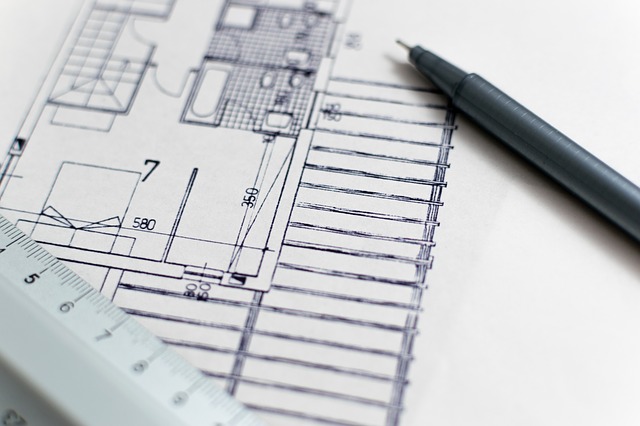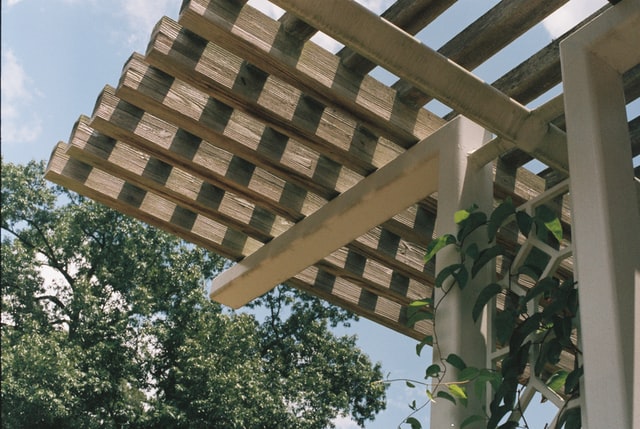
If the creation of functional and appropriate landscaping is personal, then so must be the process of testing their performance.
Arranging the pieces of any landscape project is both a science and art. You have to consider horticulture, architecture, and personal style to get it right.
Plans are made and landscapes are built from them. However, it’s you, the homeowner, who must ultimately bless the work that will serve your lifestyle.
Read further to discover how you can easily put your landscaping to the test and make it better. You will develop a workable plan that you can use, one that will give you peace of mind knowing that you have touched all the bases.
Test Your Landscaping For People
In his renowned book, Gardens Are For People, Landscape architect Thomas Church revealed an innovative design process. One of its key principles is the integration of indoor and outdoor spaces.
Church realized there are complex interrelationships running through every outdoor environment. There are relationships between spaces and the elements that occupy them. This includes people and physical elements and features, such as plantings, decks, patios, and garden features.
The activities planned for those spaces affect how they will be designed and experienced.
You want to evaluate these categories by how they make you feel because your feelings give you the most honest and accurate assessment.
Then score them:
- Favorable = +1
- Unfavorable = -1
- Indifferent = 0
More often than not, you either love it or you do not. For this reason, give each of the following categories a + or -. If you are indifferent, either give it a 0 or circle back to it later to break the tie.
When we are finished, you will have tested your landscape, scoring it on a scale from 0-5.
#1. Spaces and Their Relationships
Test your outdoor spaces, their relationship with each other, and yours with them.
As you consider your use of your outdoor spaces, ask what you want to be seeing, thinking, feeling, and doing — in that space and from within interior spaces that connect with it.
Spaces change over time, from dawn to dusk, season-to-season, activity-to-activity, and year-to-year. This will give you ideas for outdoor furniture, lighting, and security, and protection from the elements, to name a few.
This is also a time to make rough drawings. You don’t have to be an artist to draw a shape that represents a patio or an arrow that suggests prevailing winds or sunshine that needs buffering.
Landscape designers sometimes call these bubble drawings. The specific shapes and dimensions do not matter as much as the spatial relationships.
These relationships will help you solve problems and take advantage of previously unforeseen opportunities. Sometimes an obstacle becomes an opportunity. For example, removing a wall or structural element to make a space larger may present an opportunity to frame an exceptional view.
All of this will be helpful for the design professional you hire creating finished construction drawings.
#2. People, Activities and Experiences
Test your outdoor environment activities and experiences for you and your guests.
If gardens are for people, and they are, then their relationships with them are vitally important.
One of the measures of relationship is that they make you a better person. Nobody wants to be in a relationship with someone that had a negative effect on his or her well-being. The same is true about your relationship with your outdoor environment.
Does your outdoor environment enhance your well-being?
Consider the activities and experiences that make this possible and how you can elevate them. If your greatest joy is relaxing in your outdoor space after a day’s work, then installing a screened porch may be a consideration for buggy summer nights.
#3. Plantings, Elements and Features

Test your landscape plantings, elements, and features for your current lifestyle.
Many of us have an affinity for specific plants because they remind us of our youth or a special vacation. In fact, some people will go to great lengths to incorporate those plantings in their landscaping, even though they may not be well-suited to its climate or soils.
Once again, consider the outdoor experience. Plantings, elements, and features can solve specific problems. A pergola can define the vertical space to make it feel less overwhelming. Shade trees can screen views and provide welcome shade.
Maybe you want to completely redefine your outdoor experience with a stand-alone home office, studio, or recreation room. If you are fortunate to have the space for this, you can dramatically enhance the space and increase the resale value of your home.
#4. Colors, Fragrances and Textures
Test the colors, fragrances, and textures of your outdoor spaces. Do they bring you joy?
Most homeowners have an affinity for one particular aspect of their natural environment. This may be color, fragrance, or the variety of textures that change with the seasons.
For many, this is a lush, green lawn and the smell of freshly cut grass. They simply will not feel at home without a healthy stand of grass that brings them joy.
The trick with plantings is finding the right balance. Color and texture are wonderful, and often even more so when they are balanced by a clean open space, whether that is a green lawn, bluestone patio, or compacted, crushed granite clearing that crunches with every footstep.
#5. Maintenance, Care and Upkeep
Test the maintenance needs of your landscaping with a plus indicating it is acceptable.
Every landscape requires maintenance, care, and upkeep. Even if you hire a professional service, there is work involved in communicating your preferences and managing expectations. It’s no wonder the wealthiest homeowners hire property managers to manage the services that care for their homes.
Then there is upkeep. Stone patios and walls require periodic cleaning, and from time to time, minor repairs. Of course, they require far less maintenance than wood decks and ornamental planting beds.
What are the highest maintenance landscape items? One is a lawn that requires weekly mowing, trimming, and seasonal fertilization, and weed control. Water features may require more or less, depending on the moving parts, such as pumps and filters, as well as other environmental factors.
We Care About Your Landscaping
Did your landscaping score a perfect 5 or is it time to make some upgrades?
We have been serving the greater Tulsa area since 1999 and would love the opportunity to include you in our family of clients. Contact us to request a free, no-risk consultation.

